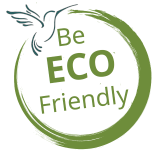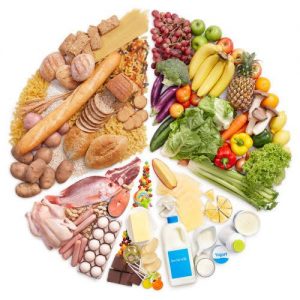
Have you noticed the proliferation of products claiming to be environmentally friendly? The stalls are full of green products, ultimately the most eco-responsible, the advertisements appeal to your ecological conscience. But behind this appearance hides a marketing approach to deceive the consumer: Greenwashing.
Companies have understood it well, the new trend is green. Citizens are more and more sensitive to the protection of the environment and therefore take a closer look at the products they buy. We can thus see blooming on the shelves of stores new flamboyant green labels, using ecological terms (Eco-friendly, 100% natural, sustainable, ethical, eco-designed ...) which would lead consumers to think that the product would be without harmful impacts for the planet.

This trend has a name: Greenwashing (or eco-bleaching).
“It's a method of communicating to the public using the green argument. The goal is to give yourself an eco-responsible image. (source : https://www.novethic.fr/)”
En 2021, la Commission Européenne s’est intéressée au greenwashing dans le e-commerce dans le cadre d’une opération coup de balai :
Un «coup de balai» consiste en un ensemble de contrôles effectués simultanément sur différents sites web pour détecter d’éventuelles infractions au droit de l’UE en matière de protection des consommateurs dans un secteur particulier.
42% des entreprises auditées ont mis en avant des arguments de vente écologiques faux ou exagérés. Pas de vraies surprises, les entreprises cherchent avant tout à vendre en affichant des préoccupations environnementales alors que leurs pratiques sont loin d’être si éthiques.
How to protect of Greenwashing
The practice of greenwashing is legally (in Europe and the USA) considered to be abusive or deceptive advertising. But it is difficult to prove and unfortunately discredits the efforts of companies invested in a sustainable and environmental transition.
So how do you navigate it?
Thanks to tools:
“To differentiate these companies from each other, several tools exist. Applications that scan food or cosmetic products to assess their eco-responsibility have thus emerged.
In France, ADEME (French Environment and Energy Management Agency) also contributes to the fight against greenwashing. For example, the organization published a guide available free of charge, which decodes the principles and techniques of greenwashing. (source:https://mrmondialisation.org/) “ http://antigreenwashing.ademe.fr/
When shopping, beware of the packaging !!

“Paraben-free”, “sugar-free”… Certain substances have bad press with the general public. The "without" can be quite honest. But it can also be a technique to draw your eye to the missing ingredient, and encourage you not to read the rest of the ingredients, which is potentially less brilliant ... The abuse of the color green: some brands do not hesitate to review and green their visual identity.
Pour trouver le vrai dans les étiquettes, le consommateur doit être vigilant et garder le recul nécessaire à une décision éclairée. Pourtant, il ne doit pas être le seul à supporter le poids de cette fraude. Il est en bout de chaîne d’une organisation de vente et n’a qu’un faible spectre d’actions.
La priorité doit être donnée au renforcement de la législation pour encadrer les entreprises dès la production. D’où l’importance des autorités de contrôle telles la Commission Européenne et the Federal Trade Commission. C’est dans ce sens que les conclusions du dernier coup de balai de la Commission Européenne alimenteront une proposition de lois visant à donner aux consommateurs les moyens d’agir pour les accompagner dans leur transition écologique. Elle proposera notamment un étiquetage nutritionnel obligatoire et harmonisé sur la face avant de l’emballage afin de permettre aux consommateurs de faire des choix alimentaires éclairés, sains et durables. Affaire à suivre !



